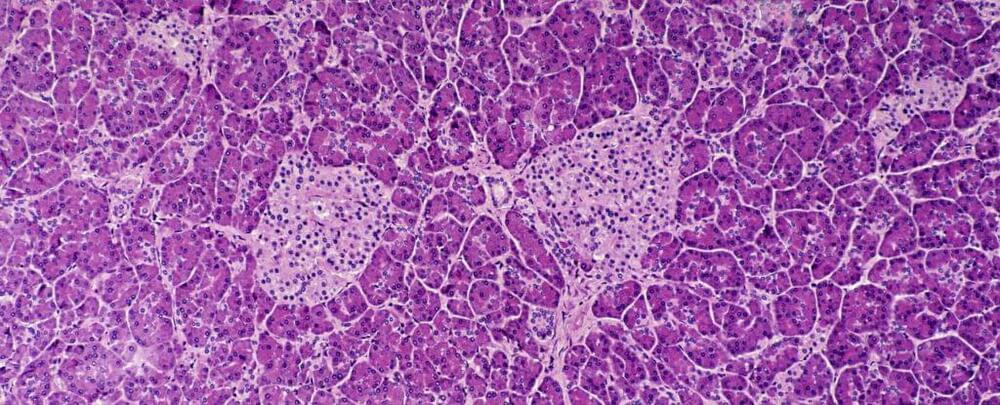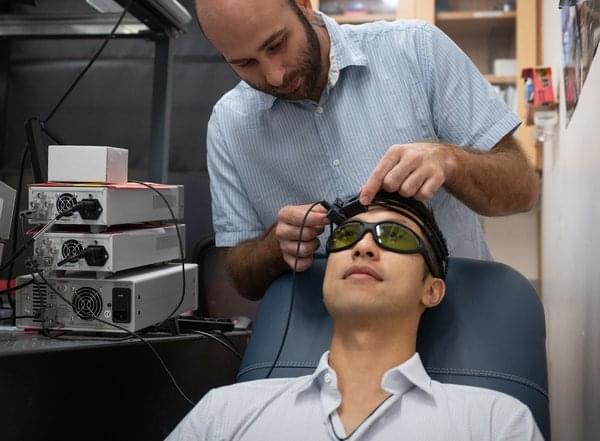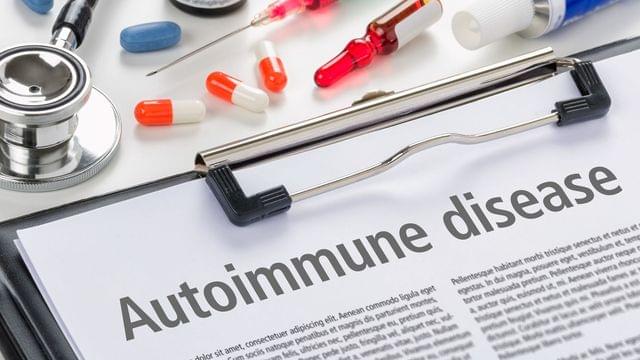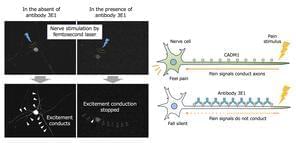There’s hope for a cure.



Scientists have used gene-editing techniques to boost the repair of nerve cells damaged in multiple sclerosis, a study shows. The innovative method, which was tested in mice, supports the development of cells that can repair the protective myelin coating around nerves, restoring their ability to conduct messages to the brain.
The findings, now published in Nature Communications, offer a potential route for future treatments to stop disability progression, experts say.
Our bodies have the ability to repair myelin, but in multiple sclerosis (MS), and as we age, this becomes less effective. There are currently no treatments to boost this process.


Now a team of engineers and scientists from Caltech and the Keck School of Medicine of USC has developed a headset-based device that can be used to noninvasively assess a patient’s stroke risk by monitoring changes in blood flow and volume while a participant holds their breath.
Researchers in the lab of Caltech’s Changhuei Yang, along with colleagues from the Keck School of Medicine of USC, have developed a laser-based device that can measure blood flow noninvasively and differentiate stroke risk based on current physiological conditions.

Three patients are in “safe, deep remission” after receiving a CRISPR-Cas9-modified cell therapy for autoimmune disease treatment, according to a new published study in Cell.

Mamma bears press pause on their early pregnancies, so that their cubs are born closer to a food filled spring. Researchers led by a team in Germany have now found this same pregnancy pause button exists in human cells too.
“Although we have lost the ability to naturally enter dormancy, these experiments suggest that we have nevertheless retained this inner ability and could eventually unleash it,” says molecular geneticist Nicolas Rivron from the Austrian Academy of Sciences (IMBA).
“Triggering a dormant state during an IVF procedure could provide a larger time window to assess embryo health and to synchronize it with the mother for better implantation inside the uterus.”

A research team led by the University of California, Irvine has engineered an efficient new enzyme that can produce a synthetic genetic material called threose nucleic acid. The ability to synthesize artificial chains of TNA, which is inherently more stable than DNA, advances the discovery of potentially more powerful, precise therapeutic options to treat cancer and autoimmune, metabolic and infectious diseases.

Cell surface proteins play a crucial role in cell communication and in sensing changes in the extracellular environment.
Professor Akihiko Ito and Dr. Fuka Takeuchi from the Department of Pathology at Kindai University Faculty of Medicine, Japan, set out to seek answers to this critical question. They investigated the impact of anti-CADM1 antibodies on neuronal activity, and their findings were made available online on 22 August 2024 and published in the journal Life Sciences on 11 September 2024. the study.
The team injected 3E1, the anti-CADM1 ectodomain antibody, under the mouse skin to study its localization on nerve fibers. Immunohistochemical and immunofluorescence studies revealed that the injected 3E1 was exclusively localized on peripheral nerves in the dermis. The lead author of the study, Prof. Ito highlights, “As CADM1 can recruit neuronal receptors to the plasma membrane, we hypothesized that this accumulation of 3E1 may blunt neuronal sensitivity, i.e., have an analgesic effect, via altering the expression of CADM1 on nerve fibers. However, to our knowledge, there have been no studies that attempted to develop drugs in terms of inhibiting CADM1 in nerves.”
Analgesic effects were tested using a formalin-induced chemical-inflammatory pain test and video-recorded behavior analysis at 6-, 12-, and 24-hours post-injection. Mice injected with 3E1 exhibited less pain-related behaviors when compared with controls, with analgesic effects lasting up to 24 hours, which is significantly longer than the duration of 5 to 8 hours reported for the local anesthetic levobupivacaine.

“It’s exciting to see the high efficiency and versatility of eePASSIGE, which could enable a new category of genomic medicines,” added Gao. “We also hope that it will be a tool that scientists from across the research community can use to study basic biological questions.”
Prime improvements
Many scientists have used prime editing to efficiently install changes to DNA that are up to dozens of base pairs in length, sufficient to correct the vast majority of known pathogenic mutations. But introducing entire healthy genes, often thousands of base pairs long, in their native location in the genome has been a long-standing goal of the gene-editing field. Not only could this potentially treat many patients regardless of which mutation they have in a disease-causing gene, but it would also preserve the surrounding DNA sequences, which would increase the likelihood that the newly installed gene is properly regulated, rather than expressed too much, too little, or at the wrong time.
Enjoy the videos and music you love, upload original content, and share it all with friends, family, and the world on YouTube.